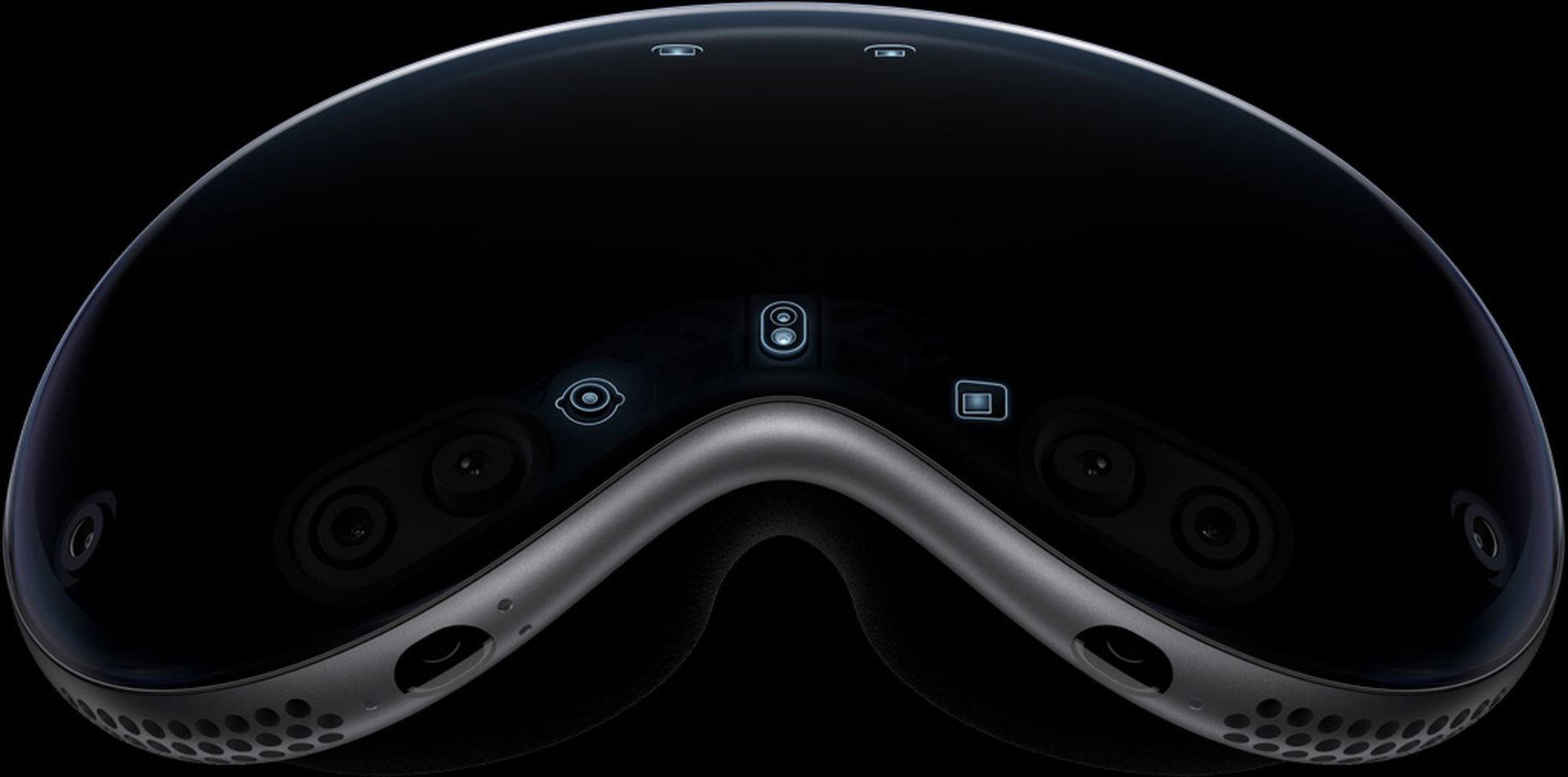Apple unveils its latest advancement in security technology: Apple Optic ID. Designed specifically for devices like the Apple Vision Pro, Optic ID harnesses the power of iris recognition to provide a secure and intuitive authentication experience.
Gone are the days of cumbersome passwords and PINs; with Optic ID, a simple glance is all it takes to unlock your device, authorize purchases, and authenticate within apps. By leveraging the unique patterns found in the iris, Optic ID ensures that only you have access to your device, providing peace of mind in an ever-evolving digital landscape.
What is Apple Optic ID?
Apple Optic ID represents a cutting-edge biometric authentication technology developed by Apple specifically for use with its devices, particularly the Apple Vision Pro. It utilizes iris recognition to securely authenticate users and provide access to various features and functionalities on compatible devices. Optic ID is designed to offer a seamless and intuitive user experience while prioritizing privacy, security, and accessibility. Here is how it works:

Optic ID relies on the unique patterns found in the iris of the eye for authentication. When a user sets up Optic ID on their device, the system captures detailed images of their iris using near-infrared light emitted by the device’s eye-tracking system.
The captured iris images are processed locally on the device, specifically within the Secure Enclave and the neural engine of the device’s chip. This processing converts the iris data into a mathematical representation that serves as the user’s biometric template for authentication.
When a user attempts to unlock their device or access secured features, Optic ID compares the live iris image captured in real-time with the stored biometric template. The device grants access if there’s a match; otherwise, access is denied.
We need an Apple Vision Air ASAP: Here is why
How to use Apple Optic ID
Setting up Optic ID on your Apple Vision Pro is easy:
- Open Settings.
- Tap “Optic ID & Passcode.”
- Select “Set Up Optic ID.”
- Follow on-screen instructions to scan your iris.
- Complete the setup and adjust settings if needed.
- Test Optic ID by unlocking your device.
That’s it! Enjoy the convenience of secure authentication with Optic ID.
Is Apple Optic ID secure?
Optic ID offers high security by utilizing encryption and machine learning algorithms to protect biometric data. The probability of unauthorized access is significantly reduced, providing users with peace of mind.

With Optic ID, users can unlock their devices, authorize purchases, and authenticate within apps with just a glance. This streamlined authentication process eliminates the need for passwords or PINs, enhancing convenience and user experience.
Apple prioritizes user privacy, and Optic ID is no exception. Biometric data, including iris images and mathematical representations, remains stored locally on the device and is never shared with Apple or third-party apps. Additionally, eye-tracking information is kept private.
Optic ID is designed to be inclusive, catering to a wide range of users. It supports customization options for users with different needs, such as controlling the device with a single eye or alternative authentication methods for those unable to use Optic ID.
The near-infrared illumination system used in Optic ID adheres to international safety standards to ensure it poses no harm to users’ eyes or skin. In the event of any issues with Optic ID, users are advised to seek assistance from trained technicians to ensure proper maintenance and safety compliance.
Is it the solution?
Apple Optic ID represents a significant leap forward in biometric authentication technology, offering users a secure and user-friendly method of accessing their devices and sensitive information. With its focus on privacy, security, and accessibility, Optic ID provides peace of mind to users while ensuring a seamless authentication experience. As technology continues to evolve, Optic ID will be better.





